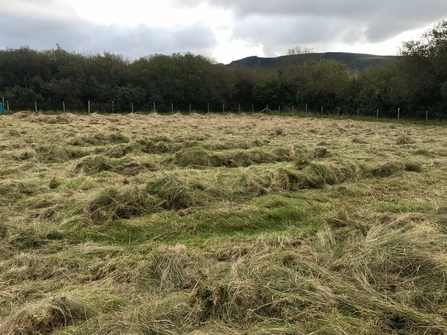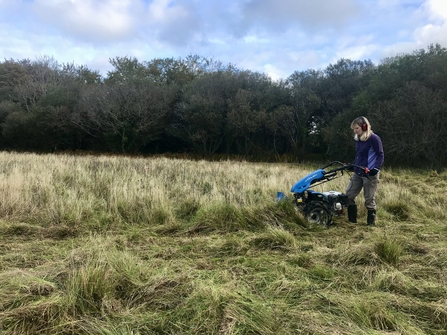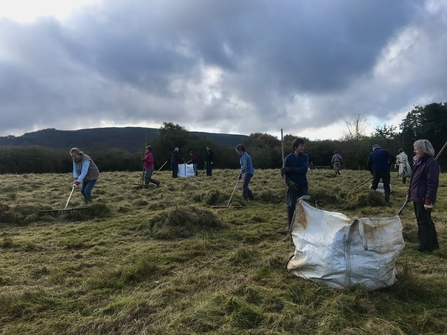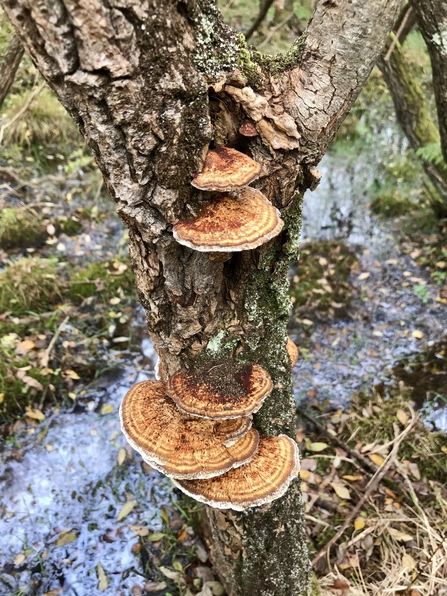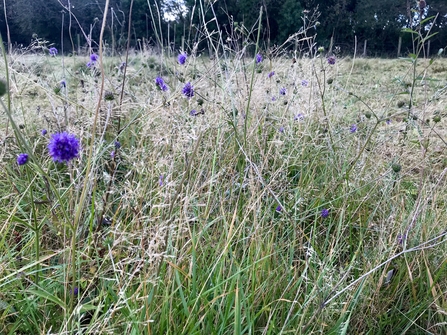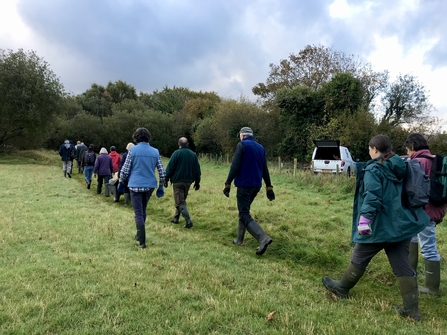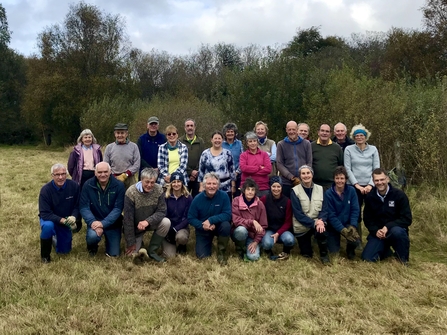Close Sartfield
MWT currently manage around 60 acres of species-rich wildflower meadow, most of which are cut for hay and then grazed over the winter with sheep. On these meadows, the water table is never far from the surface, some are prone to localised flooding and they contain plants reflecting those damp conditions. Ground conditions and the weather play a crucial role in when and indeed if this vital work can take place. A week of good weather preceded by weeks of frequent rain raising the water table, can delay or even prevent this work.

